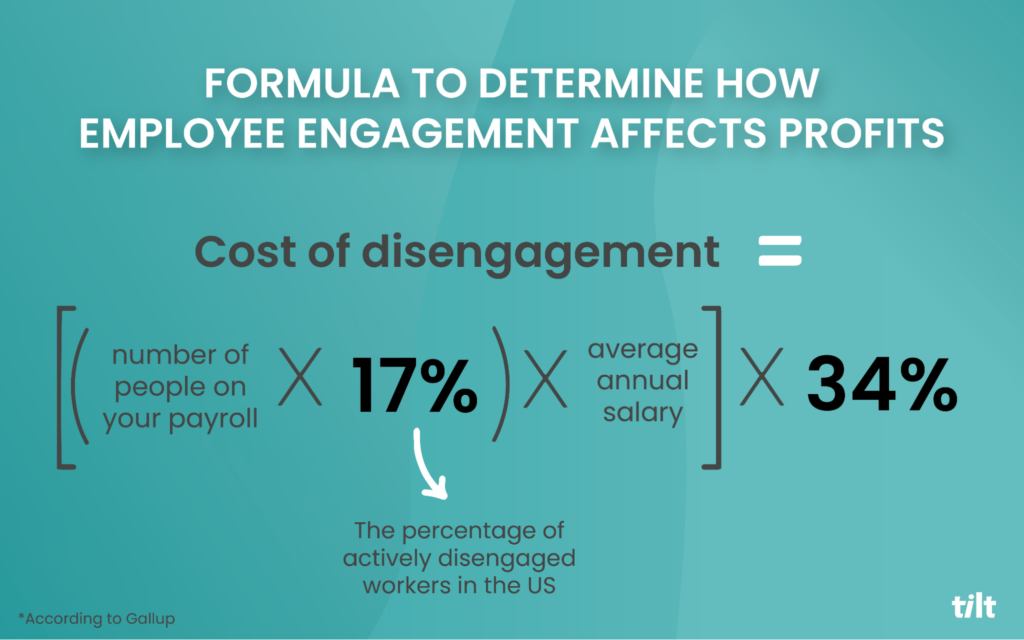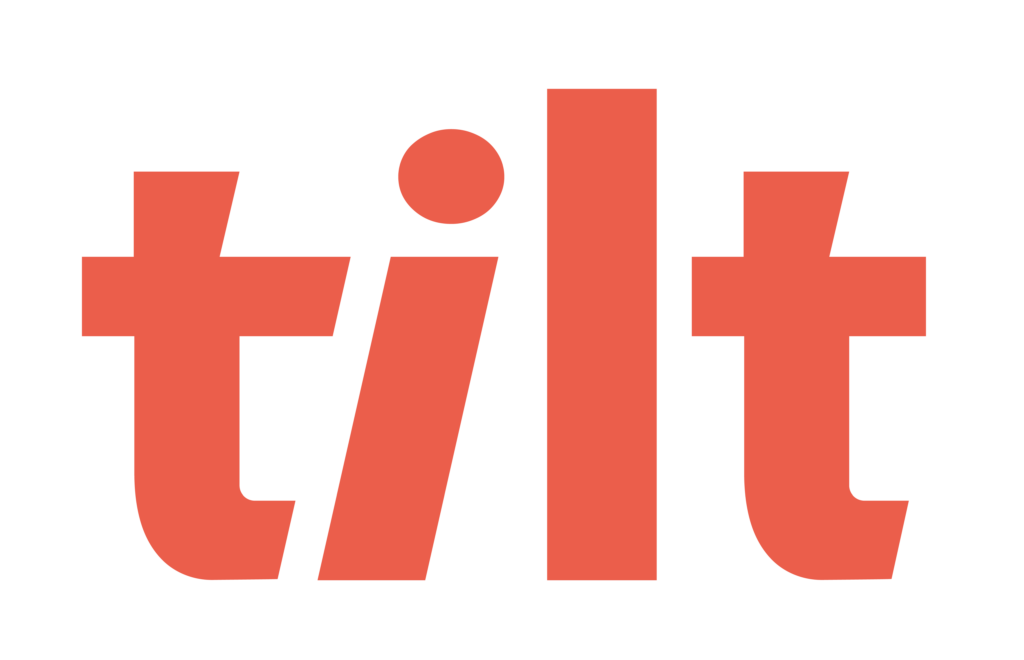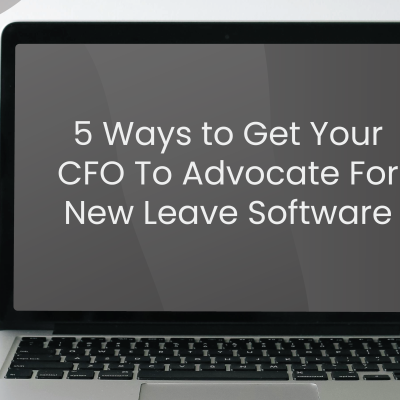CFOs across the country have been increasingly interested in HR operations…and with good reason.
Long gone are the days when HR was solely focused on hiring and payroll and that’s causing a noticeable shift in the way CFOs view the technologies at HR’s disposal.
Today, HR departments have their fingerprints all over the business and are viewed as integral to strategic planning and organizational success. Unfortunately, many People Teams are still operating with outdated and ineffective HR software that hinders a team’s workflow efficiency, increases costs, and exposes the organization to potential compliance issues.
The divergence of increased HR responsibility and risk while relying on antiquated systems to meet the modern needs of the business is a primary driver of why CFOs are taking special interest in HR today.
CFOs, perhaps unsurprisingly, are now turning their attention to modern HR technologies as a solution. By replacing obsolete systems with automated, integrated software, CFOs aim to streamline processes, enhance accuracy, and ensure regulatory compliance.
This strategic move not only reduces operational costs but also bridges compliance gaps, safeguarding the company against legal pitfalls.
There are compelling reasons behind this shift which we’ll get into below, and we’ll dive into one particular HR function that has been under the CFO’s watchful eye for quite some time now:
Leave of absence management.
The Evolution of Leave Management
Over the last few years leave management processes have gone through one heck of a glow-up.
This is partially due to the rise in leave requests, the complexity and proliferation of leave laws, and the administrative strain on HR necessitating a change. It’s also partially to do with the fact that mismanaging leave is proving too costly for CFOs to stomach, and the compliance risks causing those stomachs to become quite uneasy.
For many of you, leave management is a labor-intensive and error-prone process, heavily reliant on manual tracking methods such as paper forms, spreadsheets, and impossibly tangled email threads and file storage methods.
HR departments can eat up significant bandwidth processing leave requests, creating leave plans, calculating FMLA hours and payroll, and ensuring compliance with company policies and legal regulations.
These manual processes are not only inefficient but also susceptible to mistakes, leading to payroll inaccuracies and employee disengagement and turnover.
As an organization grows, the limitations of traditional leave management become increasingly apparent, hence the shift to more efficient solutions.
Some of you might have just read that and said to yourself, “This isn’t the old way, I’m living this right now,” and we see you.
The introduction of modern leave software represents a monumental leap forward for HR teams across the country, offering automated solutions that address the multifaceted challenges of leave management in today’s rapidly evolving business environment.
As organizations grow and workforce dynamics become more complex, the need for efficient and accurate leave management has become critical. CFOs are recognizing that this evolution is driven by the necessity to balance employee well-being with operational efficiency, ensuring that their organization can manage leaves without disrupting productivity or costly setbacks.
1. The Rising Costs of Traditional Leave Management
Traditional leave management systems, often reliant on spreadsheets and manual tracking can lead to significant financial burdens for companies. Managing leaves in-house, or with antiquated software, is more than just an inefficient use of HR time and resources, if mismanaged, a single leave of absence can result in payroll inaccuracies, turnover, and even compliance penalties.
And the costs are only going to scale upwards as your leave requests rise.
“We’ve seen almost a doubling in mental wellness leaves of absence,” said Jen Henderson, Tilt CEO, on a recent episode of The Modern People Leader Podcast. “I think the medical leave space will just continue to evolve as we wake up to the fact that there is more that happens in people’s lives that need protection and coverage.
Managers, though great at what they do, aren’t leave law experts. Further, the stigmas surrounding leave are still ever-present. Don’t believe it, we’ll peel back the curtain for a moment to show you a real response Tilt received about taking a leave of absence.

And while that might not be your specific organization’s ethos, can you be sure that’s not the case with your managers? If your employee needs to care for their dying parent or take the proper time necessary to bond with a child, the way in which a manager responds is vital, and that requires education and information a manual process simply can’t support.
The cost of fighting discrimination claims and the reputational ripple effect that can have on an organization is enough to keep HR and CFOs alike up at night.
Here’s how one Tilt customer for a leading online financial institution described this incident to her C-suite to hammer home the point that they needed to modernize their leave solution:
“A case that we talked about internally; one of our HR partners had to go to court a couple of years ago and the business lost because someone was suing them over an FMLA-related issue. The business couldn’t prove that they educated their managers, or their employee base, on FMLA and what you can and can’t do.”
Moreover, the administrative overhead of manually processing leave requests, approvals, and tracking can drain valuable resources that could be better utilized elsewhere. As businesses scale and leave requests rise, these costs escalate, making traditional methods unsustainable and prompting CFOs to seek more cost-effective solutions.
2. Compliance Challenges With Leave Policies
Manager compliance mishaps aside, navigating the complex landscape of leave policies and regulations is a daunting task for any organization.
Compliance with leave laws, which frequently change and vary by state (and sometimes municipality), is paramount to avoid legal repercussions.
In fact, today there are over 400 state leave laws that organizations, especially with dispersed and/or remote workforces, need to be familiar with and adhere to.
Traditional leave management systems, or ill-equipped HR teams managing leave on their own, often fall short in keeping up with these regulatory requirements, quite simply because they aren’t informed by leave law experts and they can’t economically factor in leave law changes as they happen.
3. Financial Benefits of Adopting Modern Leave Software
Now that we’ve discussed why CFOs aren’t happy with the old way of managing leaves of absence, it’s time to break down how the right modern leave software can lead to financial benefits for organizations.
One of the more direct ways it does this is by automating repetitive and time-consuming tasks traditionally performed by HR teams, freeing up valuable manpower to put toward impactful business objectives.
The same Tilt customer shared how she discussed the financial benefits of modern leave software with her C-suite this way:
“I broke it down this way…if you pay me “X” amount and I spend 40 hours a month doing ‘leave stuff’ this is how much you’re paying me to manage something we could be paying a tool to automate. I explained all the tech things Tilt does that are going to make our lives easier and then layered that on top of how much we stood to save on state benefits and not overpaying employees.”
Speaking of overpayment issues surrounding leaves of absence, a leave software solution like Tilt will automatically make pay calculations and adjust the pay accordingly if leave details change (which happens all the time) mid-leave. One Senior HR Generalist using Tilt put it this way:
“Week one, Tilt saved us tons of money by figuring out an overpayment issue with one of our leaves. It left quite the impression!”
Not having to rely on the accuracy of a manually updated spreadsheet or a carrier to provide real-time pay calculations is worth its weight in gold.
CFOs now see that the efficiency gains and cost savings realized from adopting leave software contribute to a healthier bottom line.
4. Modern Leave Software Improves Operational Productivity
As alluded to above, effective workforce planning is practically impossible if you’re managing all your organization’s leave on a spreadsheet.
Without a holistic view of all current and upcoming leaves on the horizon, it’s like workforce planning with a blindfold on.
Tilt’s approach to leave software gives HR complete visibility into real-time leave data, and allows managers to stay informed of their employee’s leave status throughout their journey, educating them on the do’s and don’ts surrounding leave behavior along the way.
“Leave coverage is extremely important,” said Kait Feeney, Tilt’s COO, “because the employee needs to focus on what matters most, while others in their work orbit need to continue the essential work of the business. The only way to ensure things don’t go totally sideways is a solid leave solution in place.”
This is the key to keeping employees engaged. Both the employees left behind picking up the slack and the employees on leave who may not return if their leave is mismanaged or they felt they were unfairly treated (which again could lead to a lawsuit).
A recent Gallup poll reported that 17% of employees are disengaged at work, leading to a 34% reduction in the value of that employee’s salary. Here’s an equation you can use so you can see how expensive disengagement is to a business:

Now imagine you’re able to intelligently allocate resources (or high part-time staff) when an employee goes on leave. Imagine managers are supporting their employees on leave in accordance with the law, and those employees are empathetically guided through a successful leave journey.
Would you cut the cost of disengaged employees by 20%? 50%?
5. Compliance Assurance with Modern Leave Software
One of the biggest advantages of modern leave software is its ability to ensure compliance with labor laws and organizational policies.
Tilt platform is designed to update with the latest regulatory changes, providing real-time compliance confidence no matter the leave type your employee takes and no matter the state.
Customizable policy settings mean that Tilt not only manages leave on a state and federal level, but also your specific company policies as well. With Tilt, you provide employees with a consistent leave experience where every employee is treated fairly and given the same high level of care across the board.
“Compliance is the biggest risk mitigation Tilt helps with. Just being able to know that even if an employee doesn’t take FMLA, but we delivered the notice to them that we’re meeting our compliance as a business is a HUGE piece of mind. Having manager education and saying “This is what you can and can’t say to someone who is on leave and here is what you need to know,” is education I couldn’t have provided to every single manager for every leave type out there, and Tilt streamlines all that for me.”
Tilt’s proactive approach to compliance not only reduces the risk of legal penalties but also fosters a culture of fairness and transparency within your organization. For CFOs, this means peace of mind and a significant reduction in compliance-related risks.
Modern Leave Software: A Comprehensive Solution
The HR tech space is exponentially rising with numerous impressive solutions available and more on the way, but HR leaders and CFOs know not all can be adopted. When investing in HR tech, the chosen tool must fit your organization’s needs. Modern leave software, like Tilt, streamlines leave management operations by offering a unified platform for all leave-related activities, reducing the need for multiple systems and simplifying workflows for HR and payroll teams.
Automated processes in Tilt eliminate bottlenecks, ensuring swift and accurate leave request processing and leave plan building. With real-time data access, HR teams and managers can make informed staffing decisions, enhancing productivity and operational efficiency while minimizing administrative tasks and errors.
Tilt integrates syncs with existing HRIS systems and works with all carriers, providing features like automated pay calculations, real-time reporting, and leave plans that can be customized to your specific policies.
Tilt cuts down on administrative burdens, labor costs, and compliance concerns allowing HR leaders and CROs to rest easy at night, all while providing an empathetic and user-friendly experience for every employee taking a leave.
Tilt is leading the charge in all things leave of absence management through easy-to-use tech and human touch. Since 2017, our proprietary platform and Empathy Warriors have been helping customers make leave not suck by eliminating administrative burdens, keeping companies compliant, and providing a truly positive and supportive leave of absence experience for their people.







